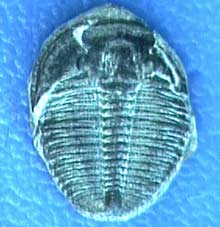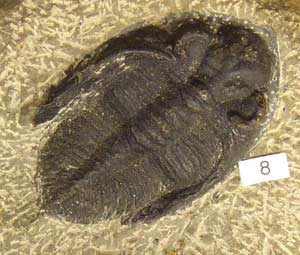Trilobites are ancient arthropods that lived between 600 and 200 million years ago. During their time, they dominated the oceans and were the rulers of the ancient seas. However, by the Mesozoic era, they became completely extinct.
Trilobites have a broad, flattened body with a prominent back and relatively flat sides. Their backs feature two longitudinal grooves that divide them into three lobes, which is how they got their name. They exhibit a variety of forms and sizes, with the longest specimens reaching up to 75 cm and the smallest being less than 1 cm. Trilobites are typically composed of three main parts: the head, thorax, and abdomen. Their surfaces are smooth and often covered by a half-rounded carapace. On either side of the carapace are a pair of compound eyes, and the mouth is located at the center of the head on the underside. Each body segment has a pair of appendages, with the first pair of appendages on the head evolving into antennae that serve sensory functions.
Trilobites are known to have coexisted with marine animals such as corals, sea lilies, and other low-level marine plants and animals, indicating they lived in the sea and preyed on these organisms.
Trilobites are found in ancient low strata all over the world, with over 4,000 fossil species identified. China alone has about 1,000 of these species.
 |
 |
|
Trilobite (Image: ohiou) |
Trilobite Fossil (Image: dpo.uab) |


















































